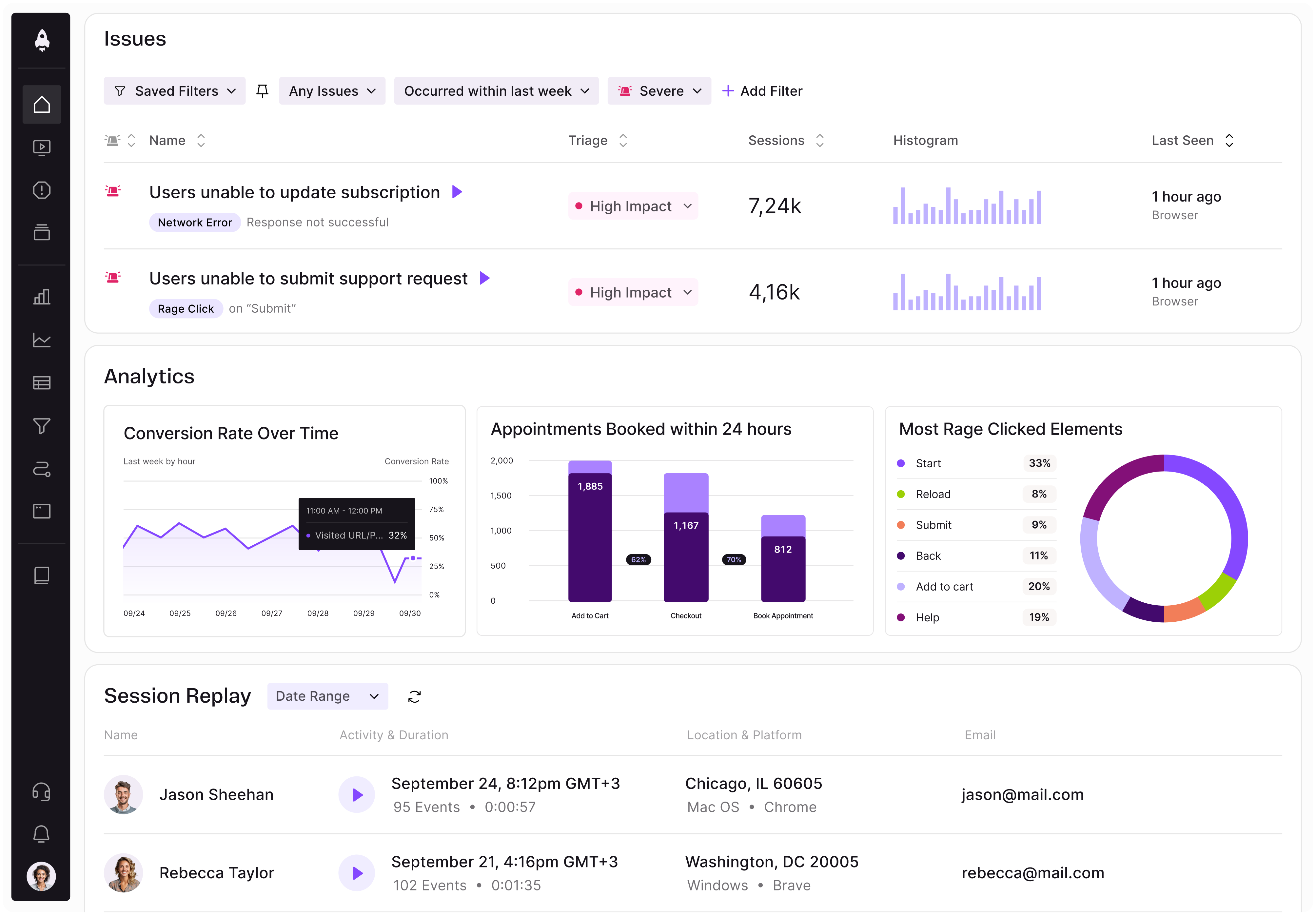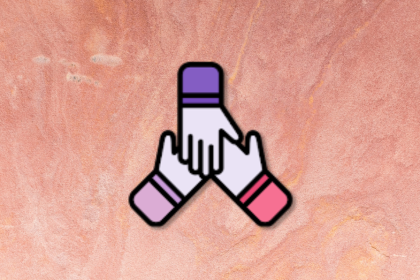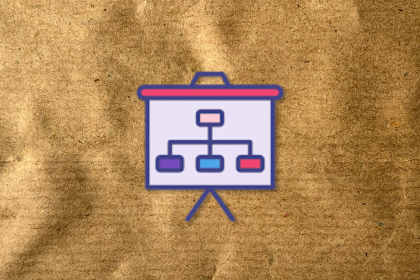Everyone talks about stakeholder management and roadmaps — but knowing how to develop other PMs is one of the hardest, most impactful skills to learn.

You can easily find documentation, training, and educational programs for increasing technical knowledge. However, when it comes to implementing product management skills into your role you often need someone more senior than you to ask questions.
As you move higher in your career, it doesn’t mean that you don’t need help anymore. On the contrary, your needs just shift towards mentorship instead of direct coaching.
The mentor-mentee relationship is different from a coach or leader relationship. A mentor is someone you feel comfortable talking to without having to act with the same formal professionalism that you would use with your boss. They support what you need most and provide an outlet for your honest thoughts.
This article unpacks mentorship in product management leadership. I’ll help you understand how mentorship works both from the perspective of a mentor and a mentee, as well as how mentorship can boost your overall PM skills.
During my first years in product management, when I asked questions about my day-to-day problems, my leaders shared directly what worked and what didn’t for them. This kind of information is priceless but it can also be biased, consisting of methodologies created from their own mistakes or according to the people in the team.
I tried my leader, peers, and even internal customers to try and understand how we could improve our roadmap prioritization method. We tried brainstorming sessions with everyone creating the document or checking daily.
In the end, everyone determined that the document didn’t need much improvement because they used it and understood it, and minor changes were sufficient. We decided that manual checking was sufficient for items that escaped prioritization or items that were prioritized by escaping scoring.
When I felt like I needed independent and unbiased feedback, I consulted unknown PMs through webinars or seminars. After a few times of asking questions to random PMs, I began to understand what I really needed from them — mentorship. And I put those questions into an Excel sheet and started to regularly ask them in scheduled sessions.
At first, I tried asking about product roadmaps and why and how they think we’re using them. I opened examples and wanted them to explain what they saw. The results were amazing!
I realized that while I was trying to improve my day to day activities, I built confidence and new skills like asking the right questions, finding new decision methods, and learning how to navigate roadblocks.
Asking the right questions, finding roadblocks, and navigating the challenges paved the way for me to become a PM leader. I saw each product manager solve different problems for different kinds of products with the same methods, but in their unique ways.
While mentoring other PMs I also learned from them. Mentoring PMs was a great opportunity to understand other PMs point of view, see what they saw, and learn again and again with them.
After my time as a mentee, I now offer my own mentorship program for PMs. Despite having dozens of different topics within the program, daily product management problems always seem to be the most asked topic among my audience.
I started my mentee journey because of the problem I was facing in my product roadmap.
There were numerous trainings, education programs, webinars — but none of them solved my problem. That’s why I decided to share my knowledge in my first blog post, and the questions started coming in.
During the writing process, I had anticipated questions like:
I thought I was teaching practical solutions but the result was completely different. Random product managers reached me to ask:
This is why I like to focus on product management soft skills such as creating optimal product roadmap, prioritization techniques, benchmarking, and voice of customers. I start by asking questions and then try to share lessons I’ve learned to help fill in the gaps in PM training.
In my current company, we encourage everyone to find mentors for themselves within the company and after a couple of sessions we outlined some best practices from what we learned:
| Topics | Details |
|---|---|
| Roles and preparation | The mentee is expected to define the meeting agenda and outline the specific challenges in advance. The mentor should review shared materials beforehand and come ready to engage meaningfully |
| Recommended duration | Meetings are best kept to around 50 minutes to maintain focus and allow for productive, goal-oriented discussions |
| Trust and confidentiality | Everything discussed during the session is strictly confidential. This mutual trust is critical to fostering open dialogue and sustaining the effectiveness of the program |
| Guiding questions | – Could you give a brief introduction about yourself? – What type of support are you seeking today? – Can you share a specific example related to your challenge? – What steps have you already taken to address it? |
Even though I started with casual advice sessions, it’s best to prepare yourself with the topics above. If you have multiple mentorship sessions I highly recommend that you create an Excel sheet and keep meeting notes and actions. By doing so, you’ll be able to track your improvement.
As a mentor, it’s critical to set up a first meeting session so that you can ask guiding questions and decide whether or not you can help. Even for casual advice, you need an entrance to address the need.
We use two different models for mentorship: one session and continued mentorship.
In this model, you go through a single mentoring session aimed at solving a more technical skill/problem or getting feedback on a topic.
As a PM, I mostly use this mentoring type for checking a technical document, project analysis, benchmarking, or score cards for helping others to decide how to continue inside the company.
I rarely get questions from other stakeholders who want to understand how the technology team is working, learn more about our sprint processes, or see how we’re taking requests and prioritizing. They’re mostly from the business, customer success teams, or internal customers.
People from outside companies mostly ask for job searching processes such as how to decide which company/product they want to work with or how to approach the case sent for job interviews.
Here, you go through at least four sessions over a period of time to develop a skill.
This mentorship type helps you focus and learn how to manage during a defined timeline to be able to become a successful product team leader. If you start to schedule more than one session, you might find that people are starting to micromanage rather than help the mentee to develop a new skill.
At the beginning of the mentorship, it’s important to define the core principles that’ll guide the relationship. This includes aligning on confidentiality, clarifying mutual roles and expectations, and agreeing on the logistics of the meetings — such as frequency, duration, and platform.
Together, mentor and mentee should also discuss the focus areas of the program and identify key development goals to be explored in upcoming sessions, especially by the second meeting.
That’s why you need to create a rough structure before starting the mentorship. You can change the structure along the way according to mentees’ needs but at least be prepared for the options.
You can create your session outline as follows:
The first mentorship meeting is designed to build a foundation of trust and connection, while establishing the structure and principles of the relationship. It’s a time to align on mutual expectations, clarify roles and responsibilities, and ensure the mentee understands their ownership of the process.
Key topics to discuss include meeting frequency, duration, confidentiality, and logistics. To guide the conversation, mentors can explore the mentee’s strengths, motivations, and interests, while collaboratively setting rules and goals for the mentorship journey.
The session should conclude with an agreement on next steps — specifically, identifying areas of development to be explored in the second meeting.
Regular mentorship meetings are focused on maintaining momentum, tracking progress, and identifying new areas for development. Mentees are expected to come prepared with specific questions and topics, taking ownership of their learning journey.
Mentors should reinforce that the responsibility for progress lies with the mentee. Each session should revisit actions from the previous meeting, explore what has been accomplished, and define next steps. Topics may include cultural insights, skill-building goals, or personal development areas.
Reflective questions can help uncover learning needs, potential obstacles, and long-term goals. Around the third or fourth session, it’s valuable to include a checkpoint: evaluating the effectiveness of the relationship and ensuring it’s supporting the mentee’s growth.
The mentorship relationship concludes after at least four sessions, through a mutual decision by the mentor and mentee. In the final meeting, both parties reflect on the overall journey, evaluating progress and the effectiveness of the relationship.
This session should include a review of key focus areas, accomplished actions, and suggestions for the mentee’s continued development beyond the program. Evaluation forms are completed to gather feedback and insights.
To guide the conversation, mentors and mentees can reflect on what went well, share constructive feedback, and discuss how the mentee can sustain their growth independently.
This closing dialogue ensures a meaningful wrap-up and a smooth transition to self-driven development.
It’s incredibly important for you to discern who to select as your mentee because they need to trust your feedback and guidance. You first need to determine what style of leadership your mentee needs.
The Multidimensional Leadership Model helps leaders, coaches, and mentors not use the same approach to everyone, but change and adapt according to needs of the individual they’re working with. There are two components — competence and commitment — which help you to select which leadership style to use with your mentee, team member, or your colleague.
| Leadership style | Competence | Commitment | When to use |
|---|---|---|---|
| Directive leadership | Low | High | When the employee isn’t yet competent but is highly motivated, clear instruction is necessary |
| Coaching – mentorship | Medium | Medium | When both competence and commitment are developing, a mix of guidance and support is needed |
| Supportive leadership | Medium – high | Low – medium | When the employee is competent but lacks motivation, psychological safety and support are key |
| Delegating leadership | High | Medium – high | When the employee is both competent and committed, the leader provides autonomy and acts as a guide |
In a structured team, a product manager often works alongside team leads or functional managers who may take on directive, supportive, or delegating roles depending on the situation. But mentorship is different — rather than delegating work, it’s about supporting personal growth and guiding someone to make better decisions over time.
As a product leader or mentor you need to understand the employee’s situation first. Try these key steps:
Not every employee needs leadership — some need coaching or mentorship. So as a PM, you need to learn coaching and mentoring at the same time. You can start from basics models such as SCARF Model, GROW Model, and Psychological Safety Principles.
Building a PM mentorship network will create a channel for you to support PMs beyond your direct team, as well as build a better knowledge base. It also encourages peer support and improves team interactions and cross-team work within your company.
In my current company, we’re using a mentorship program inside our training platform because we believe mentorship is the best way to help peers with specific problems. We created a mentor list first and asked everyone to build a mentor profile and list the topics they can help with.
The second and harder part was asking people to schedule sessions with their peer mentors. Mentees hesitate to share their problems because they’re used to sharing them with their leaders and close friends from the team. We needed to create videos and webinar sessions to explain processes and shared success stories to encourage more colleagues.
And now we have a huge community who are happy to share their day-to-day problems with their peers.
Your skill set can’t grow with only documentation and training alone, you need conversations. Mentorship fills the gap between theory and practice, helping you experiment and grow with confidence. While frameworks and training offer direction, mentorship provides perspective — a space to ask the hard questions, confront uncertainty, and explore new ways of thinking.
Whether you’re just starting out or leading a team, mentorship helps you see your blind spots, sharpen your decision-making, and deepen your empathy for others navigating similar paths. And as you grow into a mentor yourself, you begin to realize that the learning never stops — each conversation brings fresh insights and reminds you that product leadership ultimately centers on people.
Featured image source: IconScout

LogRocket identifies friction points in the user experience so you can make informed decisions about product and design changes that must happen to hit your goals.
With LogRocket, you can understand the scope of the issues affecting your product and prioritize the changes that need to be made. LogRocket simplifies workflows by allowing Engineering, Product, UX, and Design teams to work from the same data as you, eliminating any confusion about what needs to be done.
Get your teams on the same page — try LogRocket today.

A practical five minute revenue estimation method to help product managers compare ideas, drop low impact features, and prioritize smarter.

A practical guide for PMs who want to stop being bottlenecks, delegate smarter, and lead teams effectively with a clear ownership framework.

Stop letting unreliable data block features. Treat data as inventory to track quality, ownership, and ship with confidence.

Learn why slide decks slow teams down and explore better tools like whiteboards, PRDs, and prototypes to improve collaboration and alignment.